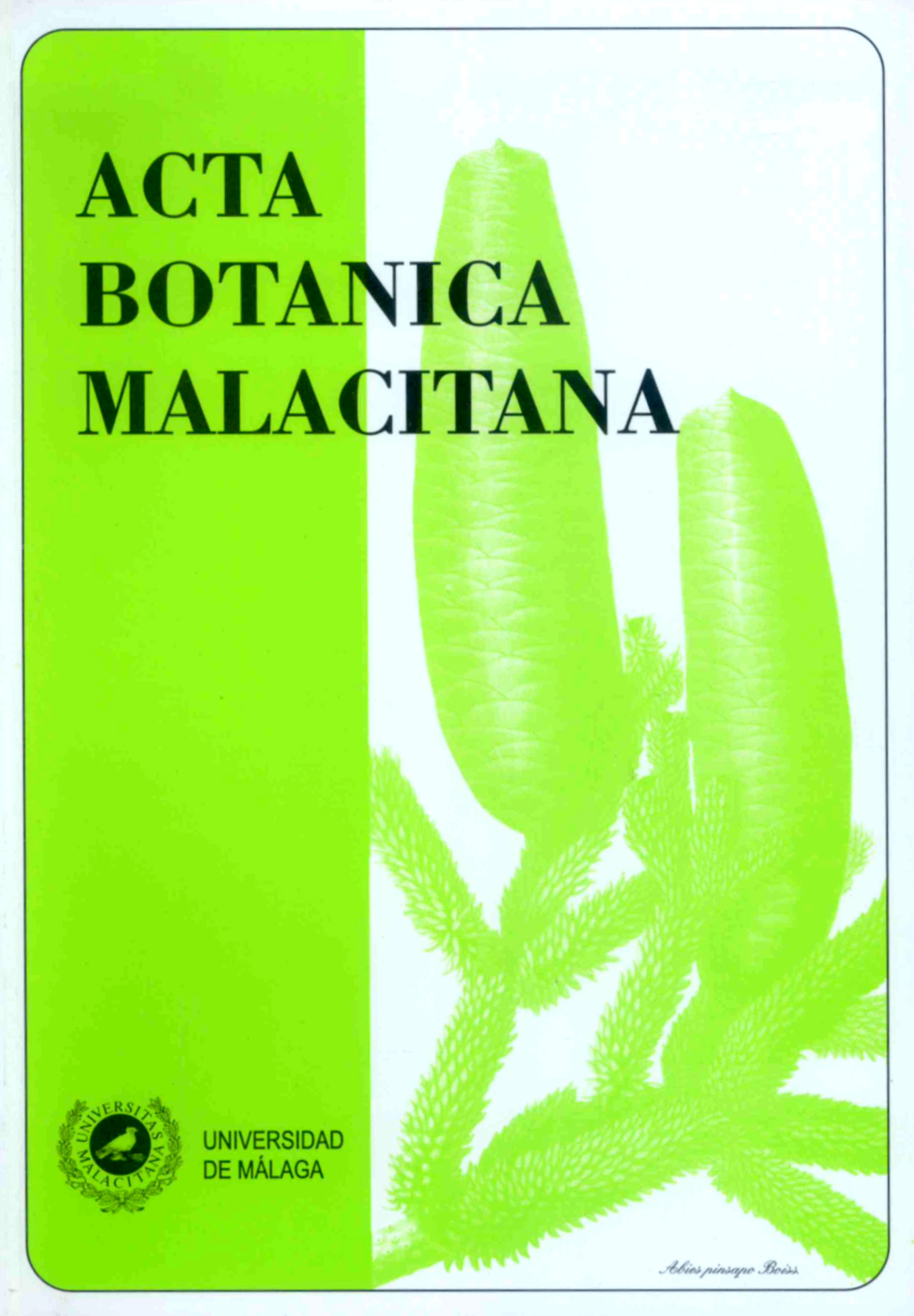LA DIVERSITÉ FLORISTIQUE DES PELOUSES HUMIDES D’ALTITUDE: CAS DE QUELQUES SITES DU HAUT ATLAS MAROCAIN
DOI:
https://doi.org/10.24310/abm.v34i0.3147Abstract
Résumé. Dans le Haut Atlas, les pelouses humides et pozzines constituent des pâturages assez convoités. Leur flore se caractérise par une grande richesse spécifique: 165 taxons inventoriés dans la zone d’étude (plateau de l’Oukaimeden, plateau de Tichka et l’amont de la haute vallée d’Ait Mizane) avec un taux d’endémisme estimé à 30,3% et un degré de rareté qui atteint 31%. Dans un contexte dominé par l’élément méditerranéen, la flore de ces pelouses est très enrichie de souches septentrionales 15,7%, repoussées vers nos latitudes méridionales lors des dernières glaciations. Ces zones humides vulnérables de par leur structure, fonctionnement écologique et état de conservation, se trouvent très touchées par les changements climatiques et les mutations environnementales récentes.
Summary. In the High Atlas mountains, the wet grasslands and pozzines constitute a highly coveted pastoral resource. Its flora is characterized by a great specific richness: 165 taxa are recorded in the study area (Oukaimeden plateau, Tichka plateau and the upstream of the Ait Mizane high valley) and schow a rate of endemism estimated at 30.3% and a degree of rarity reaching 31%. In a Mediterranean context, the wet grasslands flora is supplemented with plants of northern origin 15.7%, pushed towards the extreme southern latitudes during the last glaciations. These wet pastures, highly sensitive by their structure, ecological functions and their conservation state, are very affected by the climatic changes and the global environmental changes.
Downloads
Metrics
Downloads
Published
How to Cite
Issue
Section
License
All information related to the licensing of published works in Acta Botanica Malacitana and copyright can be found in our Editorial Policy.







1.png)
